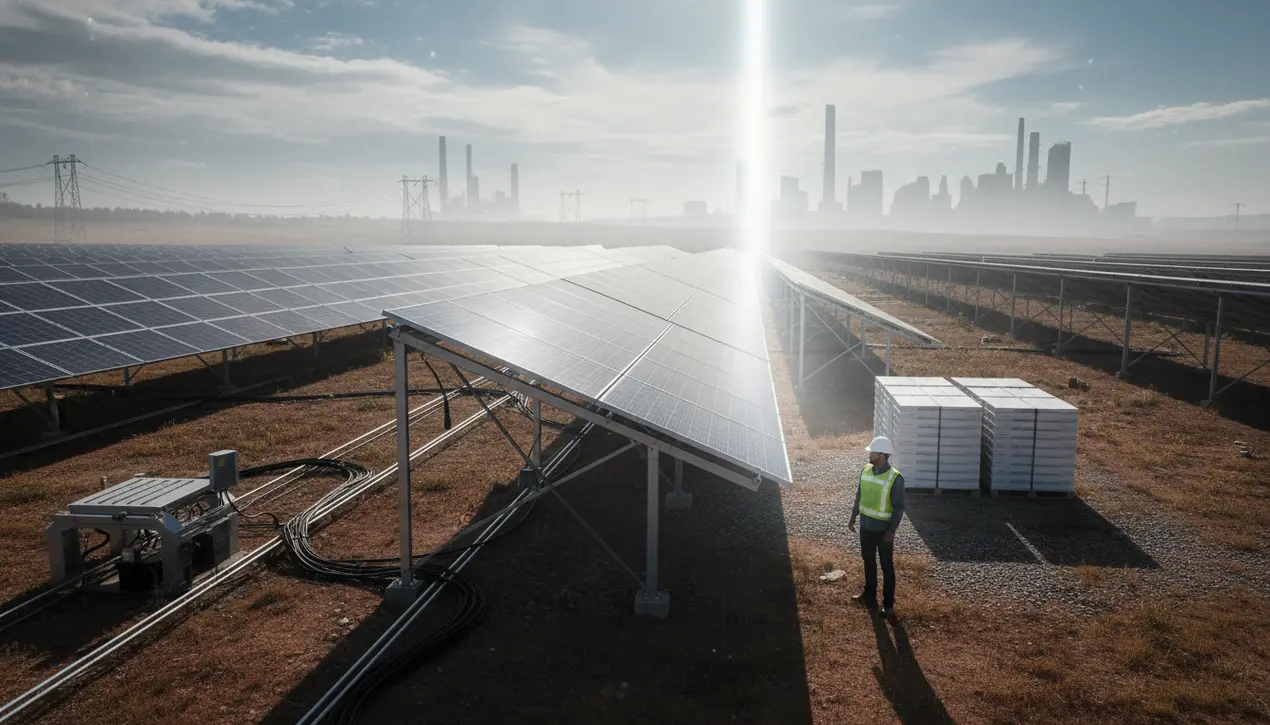
Scienceclimate scienceEnvironmental Policy
Unlocking Private Climate Finance Through Coherent Policy
RA
Rachel Adams
2 hours ago7 min read
The path to a just clean-energy future runs through the private sector, but policy uncertainty continues to stifle innovation and investment, creating a chasm between ambition and action that threatens to derail our collective climate goals. Only coherent policies that align the interests of investors, governments, and consumers can translate climate pledges into tangible progress that protects both people and the planet, a truth as stark and fundamental as the data from the latest IPCC reports.We've seen this story before in the fitful growth of renewable energy; solar and wind power only achieved their current cost-competitiveness after decades of consistent, if imperfect, government support through tax credits and R&D funding, which gave private capital the confidence to scale up manufacturing and drive down costs through technological learning curves. Now, as we face the more complex challenge of decarbonizing heavy industry, transportation, and agriculture, the need for policy coherence becomes even more critical.The recent stumbles in green hydrogen investment are a case in point—without clear signals on carbon pricing, permitting for new infrastructure, and long-term demand guarantees, billions in potential private finance remain sidelined, trapped in a wait-and-see posture while the climate clock ticks louder. This isn't just an economic failure; it's a profound moral failing, echoing the warnings of activists from Greenpeace to local community organizers who argue that incoherent policy disproportionately harms vulnerable populations who bear the brunt of climate impacts while being last in line for the benefits of the transition.A coherent framework would look like the German *Energiewende* in its early, successful phases, combining a robust carbon price with targeted subsidies for emerging technologies and a just transition fund for workers in sunset industries, thereby creating a predictable investment landscape where private capital can flow at the scale required—trillions, not billions. The alternative is a fragmented, stop-start approach that mirrors the failed promises of the Copenhagen Accord, where grand pledges were made but the detailed policy mechanisms to activate private finance were left unresolved, leading to a lost decade of slow progress.The consequence of continued dithering is not merely delayed projects but a locked-in high-carbon future, as infrastructure built today will determine emissions for decades to come. The choice before us is as clear as the science: we can either build the coherent policy architecture that unlocks the full force of private finance for a livable future, or we can continue with the current dissonance, guaranteeing a world of escalating climate disruptions and forsaking the last best chance for a just transition.
#climate finance
#private investment
#policy uncertainty
#clean energy
#sustainable development
#featured
Stay Informed. Act Smarter.
Get weekly highlights, major headlines, and expert insights — then put your knowledge to work in our live prediction markets.
Comments
Loading comments...
© 2025 Outpoll Service LTD. All rights reserved.